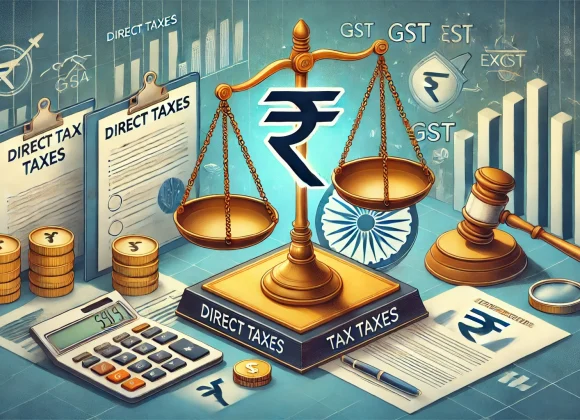The blockchain landscape is rapidly evolving, and 2025 is shaping up to be a pivotal year for cryptocurrency. With advancements in smart contract technology, Layer 2 solutions, and Web3 applications, developers and investors must stay informed about the top blockchains for cryptocurrency that are driving this innovation.
Whether you’re a seasoned crypto investor or a blockchain developer looking to build the next big dApp, this guide highlights the top 10 blockchain platforms to watch in 2025.
What Is Blockchain in Cryptocurrency?
Blockchain in cryptocurrency is a secure, digital ledger shared across many computers. It records every transaction—like sending or receiving Bitcoin or Ethereum—in linked “blocks,” making the history transparent and nearly impossible to change. Because it’s decentralized, no single authority (like a bank) controls it.
How it works Blockchain in Cryptocurrency?
Transactions are grouped into blocks and connected in a chain using cryptography. A global network of computers verifies and maintains this chain, ensuring everyone agrees on the records.
Why it matters
Blockchain lets people send digital money directly to each other, worldwide, without banks. This cuts costs and boosts efficiency, though some blockchains (like Bitcoin) use a lot of energy.
Top 10 Blockchains for Cryptocurrency
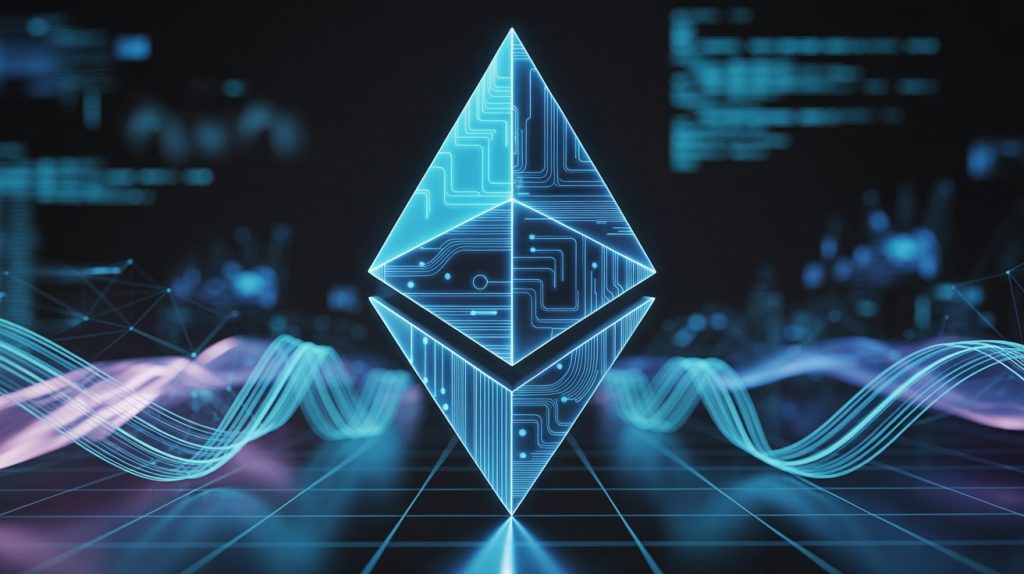
1. Ethereum (ETH)
- Established: 2015
- Founder: Vitalik Buterin
- Fee Structure: Gas fees; currently reduced via Ethereum 2.0 upgrades and rollups
- Current Status: Ethereum is the dominant smart contract platform, leading in DeFi, NFTs, and dApp development. Its transition to Proof of Stake and ongoing scalability improvements keep it at the forefront for developers and investors alike.
- Why It’s Top: Ethereum’s mature ecosystem, extensive developer tools, and dominance in DeFi and NFTs make it a cornerstone of the blockchain industry.

2. Tron
- Establishment Year: 2017
- Founders: Justin Sun
- Fees: Low transaction fees, typically under $0.01, making it cost-effective for users (Top Blockchains by Revenue).
- Present Status: Tron is a leader in stablecoin transfers, with $567 million in revenue in 2024, driven by its high transaction per second (TPS) capabilities. It supports a wide range of dApps and DeFi projects.
- Why It’s Top: Its focus on high throughput and low-cost transactions positions Tron as a strong choice for stablecoin and DeFi applications.
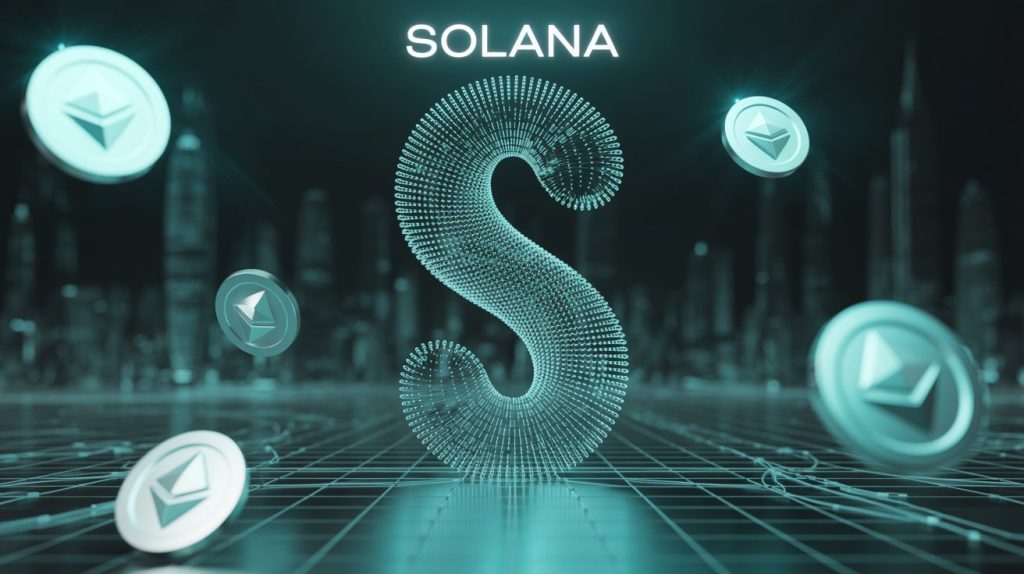
3. Solana
- Establishment Year: 2017
- Founders: Anatoly Yakovenko, Greg Fitzgerald, Stephen Akridge, Raj Gokal, Zed Zed
- Fees: Very low fees, often less than $0.01 per transaction, due to its high-speed architecture (Top Blockchains by Revenue).
- Present Status: Solana generated $370 million in revenue in 2024 and is favored for its speed and scalability, supporting a growing ecosystem of dApps and DeFi projects.
- Why It’s Top: Solana’s ability to process thousands of transactions per second makes it a preferred platform for developers building high-performance applications.

4. BNB Chain
- Establishment Year: 2017 (as Binance Chain, rebranded to BNB Chain in 2022)
- Founders: Backed by Binance, founded by Changpeng Zhao (CZ)
- Fees: Low transaction fees, often under $0.10, making it accessible for developers (Top Blockchains by Revenue).
- Present Status: BNB Chain generated $19.2 million in revenue in 2024 and is a hub for dApp development, supported by Binance’s extensive ecosystem.
- Why It’s Top: Its integration with Binance’s infrastructure and low fees make it a popular platform for developers and users.

5. Arbitrum
- Establishment Year: 2018 (Offchain Labs founded)
- Founders: Offchain Labs
- Fees: Lower than Ethereum’s gas fees, typically a fraction of mainnet costs, enhancing affordability (Top Blockchains by Revenue).
- Present Status: Arbitrum, with $22.3 million in revenue in 2024, is a leading Ethereum layer-2 solution, widely used for DeFi due to its compatibility and cost efficiency.
- Why It’s Top: Its seamless integration with Ethereum and focus on DeFi make Arbitrum a top choice for developers seeking scalable solutions.
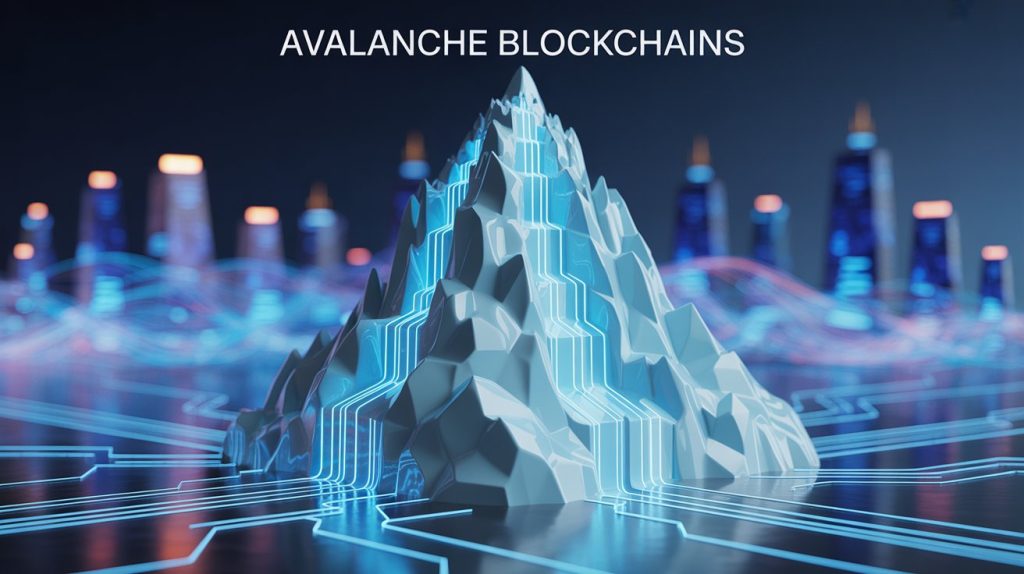
6. Avalanche
- Establishment Year: 2020
- Founders: Emin Gün Sirer, Kevin Sekniqi, Ted Yin
- Fees: Low transaction fees, typically under $0.10, due to its efficient architecture (Top Blockchains by Revenue).
- Present Status: Avalanche, with $17 million in revenue in 2024, is gaining traction for its subnet design, enabling custom blockchains for enterprises and developers.
- Why It’s Top: Its modular architecture and flexibility make Avalanche a versatile platform for both institutional and developer use cases.

7 . Base
- Establishment Year: 2023
- Founders: Developed by Coinbase, founded by Brian Armstrong and Fred Ehrsam (Coinbase).
- Fees: Low fees as an Ethereum layer-2 solution, typically 5-20 times cheaper than Ethereum mainnet transactions (Base Introduction).
- Present Status: Launched in August 2023, Base has quickly gained traction, generating $77.4 million in revenue in 2024. It supports DeFi and dApp development with high transaction volumes.
- Why It’s Top: Backed by Coinbase’s infrastructure, Base offers scalability and cost efficiency, making it attractive for developers and users.
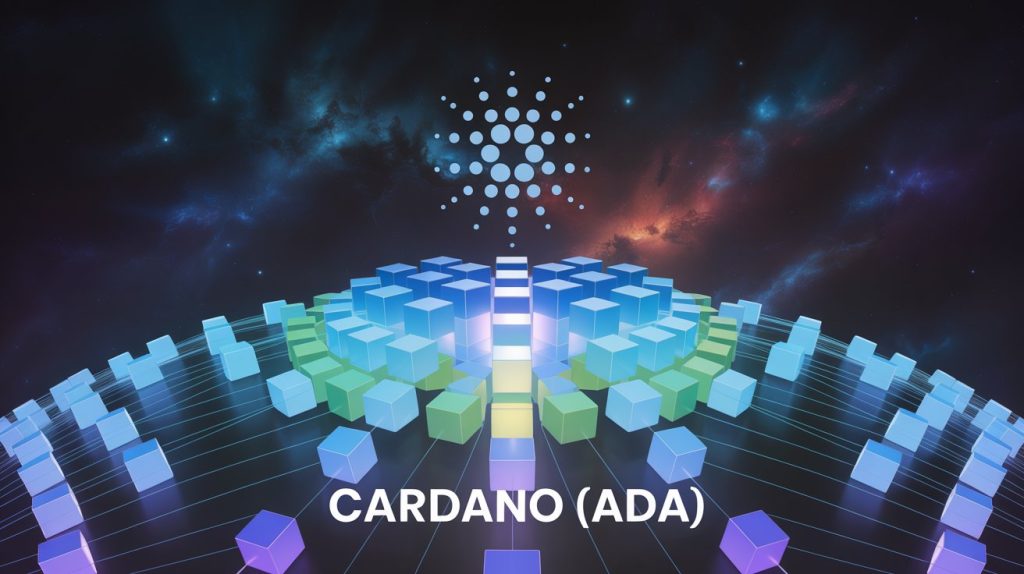
8. Cardano (ADA)
- Establishment Year: 2017
- Founder: Charles Hoskinson
- Fees: Low transaction fees due to its energy-efficient proof-of-stake (PoS) consensus mechanism.
- Present Status: Cardano is gaining recognition for its secure and scalable two-layer architecture, supporting DeFi, enterprise solutions, digital identity, and education. Recent upgrades like Hydra are enhancing transaction speed and interoperability.
- Why It’s Top: Its research-driven foundation, strong focus on sustainability and interoperability, and growing dApp ecosystem make Cardano a leading choice for both developers and real-world blockchain applications.
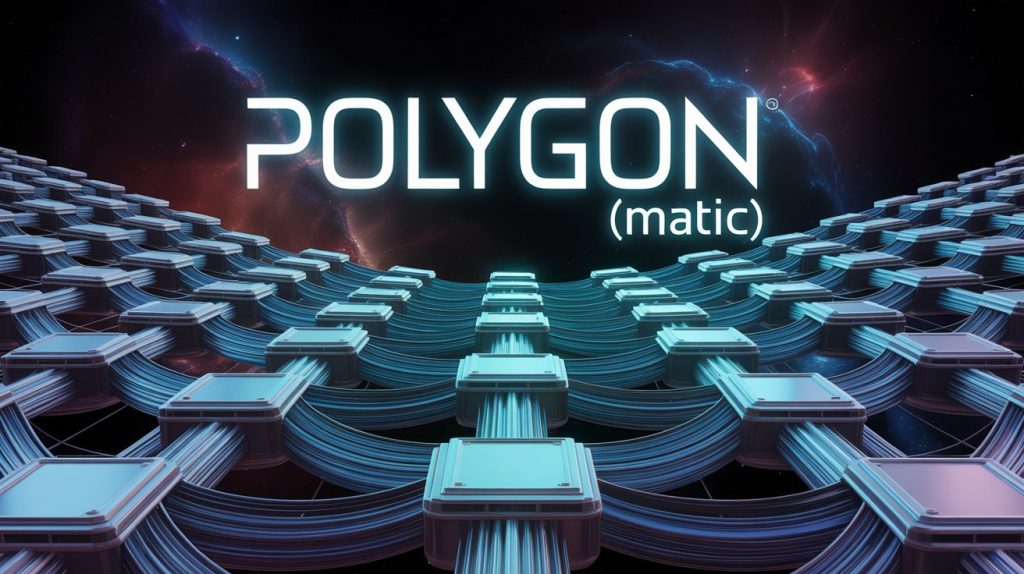
9. Polygon (MATIC)
- Establishment Year: 2017
- Founders: Jaynti Kanani, Sandeep Nailwal, Anurag Arjun, Mihailo Bjelic
- Fees: Extremely low transaction fees, often less than $0.01, thanks to its Layer 2 scaling technology.
- Present Status: In 2024, Polygon generated over $30 million in revenue and is widely adopted for DeFi, NFTs, and enterprise-grade Web3 applications due to its compatibility with Ethereum.
- Why It’s Top: Polygon’s Layer 2 architecture enables fast, cost-efficient transactions and high scalability, making it a top choice for developers and businesses building user-friendly blockchain apps.

10. Bitcoin (BTC)
Establishment Year: 2009
- Founder: Satoshi Nakamoto
- Fees: Varies based on network demand, typically ranging from $1 to $5 per transaction (Top Blockchains by Revenue).
- Present Status: Bitcoin remains the most valuable and widely recognised cryptocurrency, with over $50 million in revenue in 2024. It is primarily used as a decentralised store of value and for peer-to-peer transactions.
- Why It’s Top: As the first blockchain, Bitcoin set the foundation for the entire crypto ecosystem. Its robust security, decentralisation, and global adoption make it a top choice for long-term investors and institutions.
Pro Tips for Investors:
- Diversify Your Portfolio: Spread investments across multiple blockchains (e.g., Ethereum, Solana, Polygon) to reduce risks and boost returns.
- Stay Informed: Keep track of market trends, upgrades, and news to make smart investment decisions.
- Focus on Adoption: Invest in blockchains with strong real-world use cases and developer support.
- Evaluate the Team: Strong, credible teams behind blockchains increase long-term potential.
- Consider Security & Regulation: Ensure the blockchain has solid security and regulatory compliance for long-term success.
- Monitor Costs & Speed: Low fees and high transaction speeds are key for scaling dApps and DeFi projects.
- Explore Layer-2 Solutions: Platforms like Arbitrum and Polygon offer faster, cheaper alternatives for Ethereum and other networks.
Final Thoughts
In 2025, the blockchains for cryptocurrency space is evolving fast, with top platforms like Ethereum, Solana, and BNB Chain leading in innovation, scalability, and adoption. Newcomers like Base and Arbitrum improve cost-efficiency and speed, while Cardano shines with its research-driven, energy-efficient approach and real-world use cases.
For investors and developers, focusing on blockchains for cryptocurrency that offer security, scalability, and practical applications is key to success. These platforms are shaping the future of finance, governance, and digital ecosystems worldwide, making it crucial to understand and leverage the right blockchains for cryptocurrency to stay ahead.




